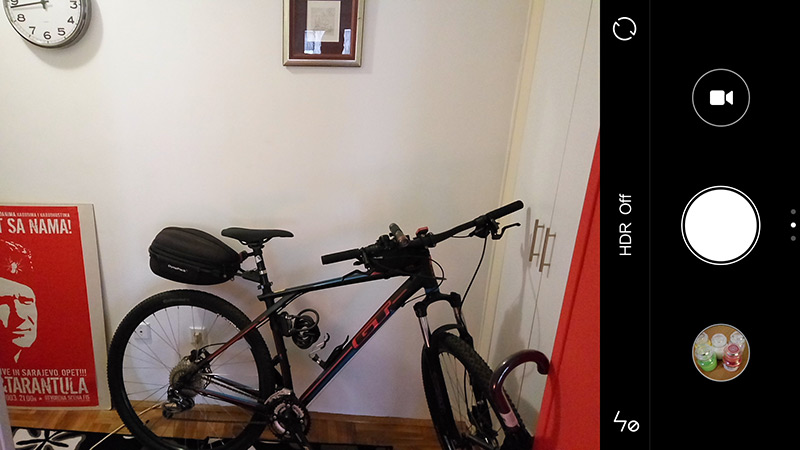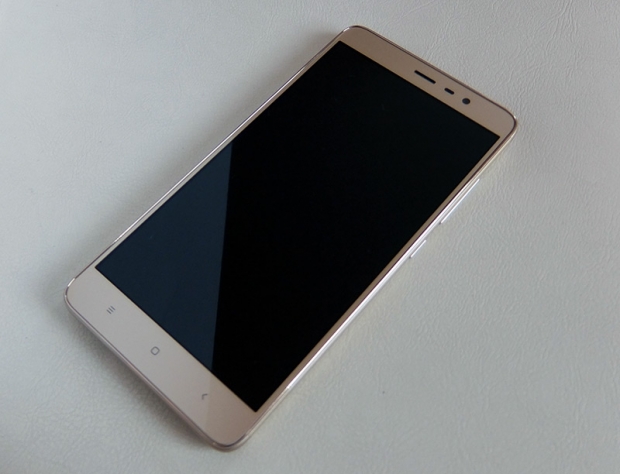Index
Audio, Display and Camera Quality
Since the Redmi Note 3 packs a 5.5-inch 1080p panel like the Note 2, we expected an identical visual experience. However, the display on the Note 3 looks a bit better. It’s somewhat brighter than the display on the Note 2, the colours and contrast also look marginally better. It’s not a huge difference, but it’s visible.
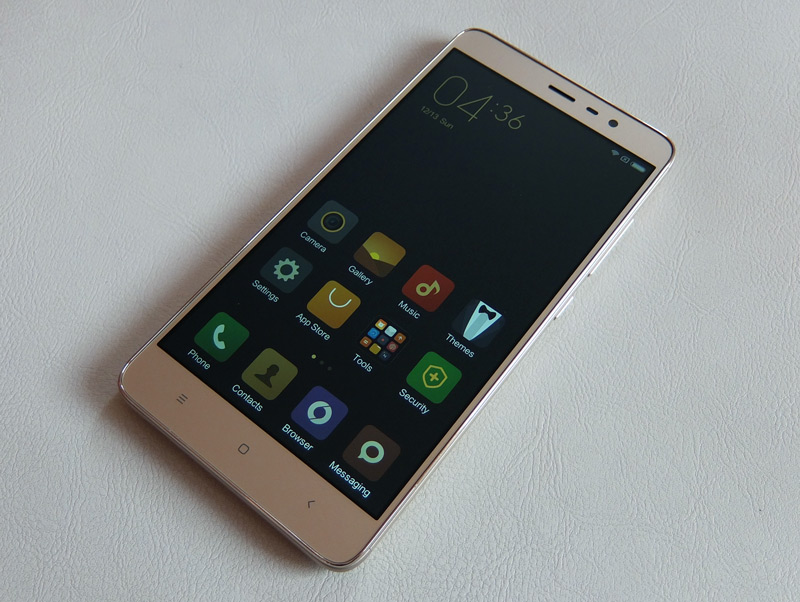
This is good news, because the display on the Note 2 was outshined by some competing devices, namely the Meizu M2 Note.
Audio quality is good. The rear-firing speaker is relatively powerful, but more importantly it delivers consistent quality regardless of volume. Even when it’s maxed out, there are no distortions or vibrations.

Call quality is usually a non-issue nowadays, and the Redmi Note 3 does not disappoint. The phone also appears to have a secondary noise suppression microphone, but we didn't see it in the settings (which allow users to adjust the noise suppression mode on Mi-series phones). In any case, it's on board and call quality should not be a concern.
This brings us to the camera, which is more or less the same unit we had a chance to try on the Redmi Note 2. It’s more or less the same. Xiaomi uses Sony and Samsung sensors in the Redmi 2 and Redmi 3.
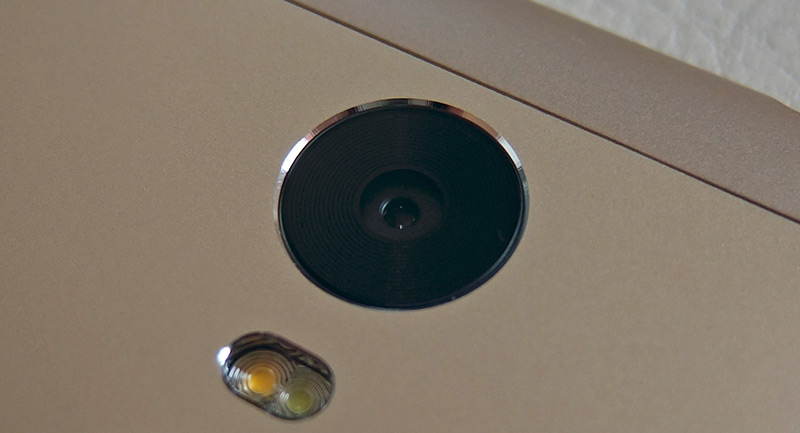
We weren’t too impressed with the camera on the Redmi Note 2, so we don’t expect a big difference with the Note 3, since it shares the same sensor and f/2.2 lens. Don’t get us wrong, the camera is perfectly fine, but we’ve seen competing phablets deliver slightly better overall results.
One feature that makes the camera stand out is phase detection auto focus (PDAF). We explained the concept in our previous reviews, so let’s just say what this neat technology does for the end-user: it enables the camera to focus faster and deliver more consistent results. Long story short: A competing smartphone with a similar non-PDAF sensor behind some better optics could yield somewhat better shots, but the Redmi Note 3 will deliver superior consistency with fewer useless out-of-focus shots.
The other noteworthy feature is the excellent HDR mode. It's fast and the image quality is good as well.
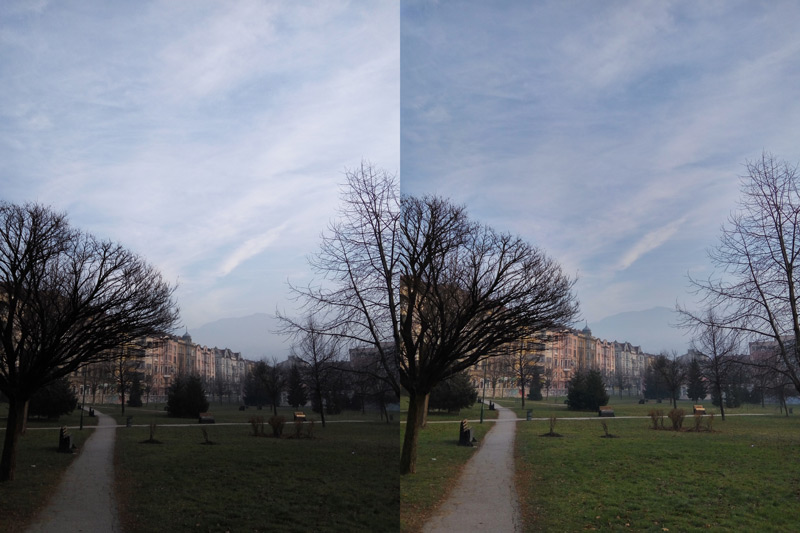
We tried it out at dusk, with a lot of haze and smog, far from ideal conditions. As you can see, the results were quite good.
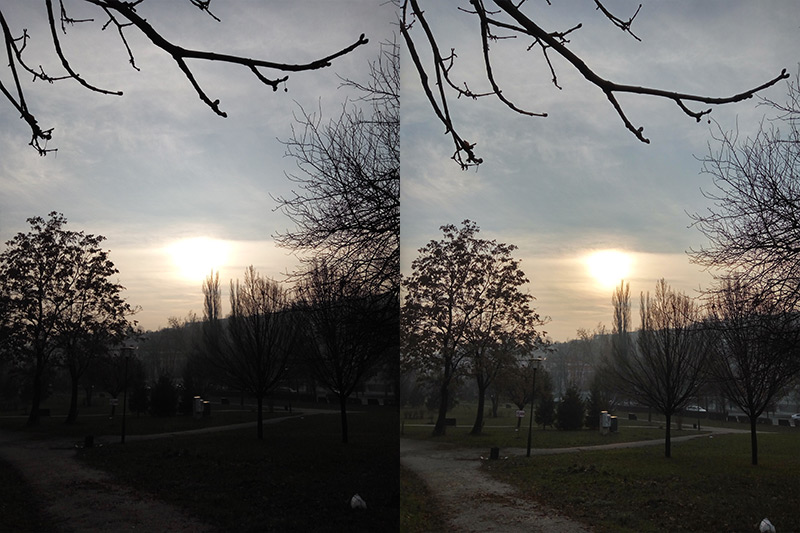
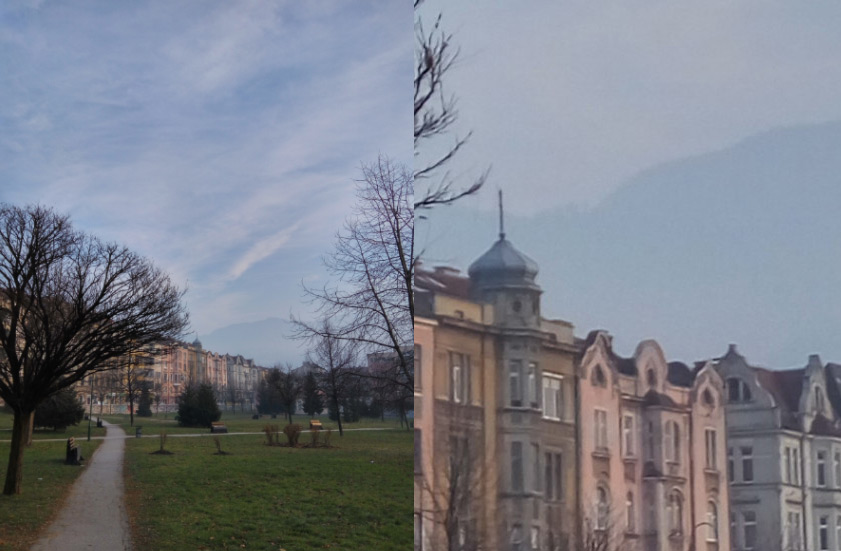
Cropped at 100%, the HDR image still retains a lot of detail.
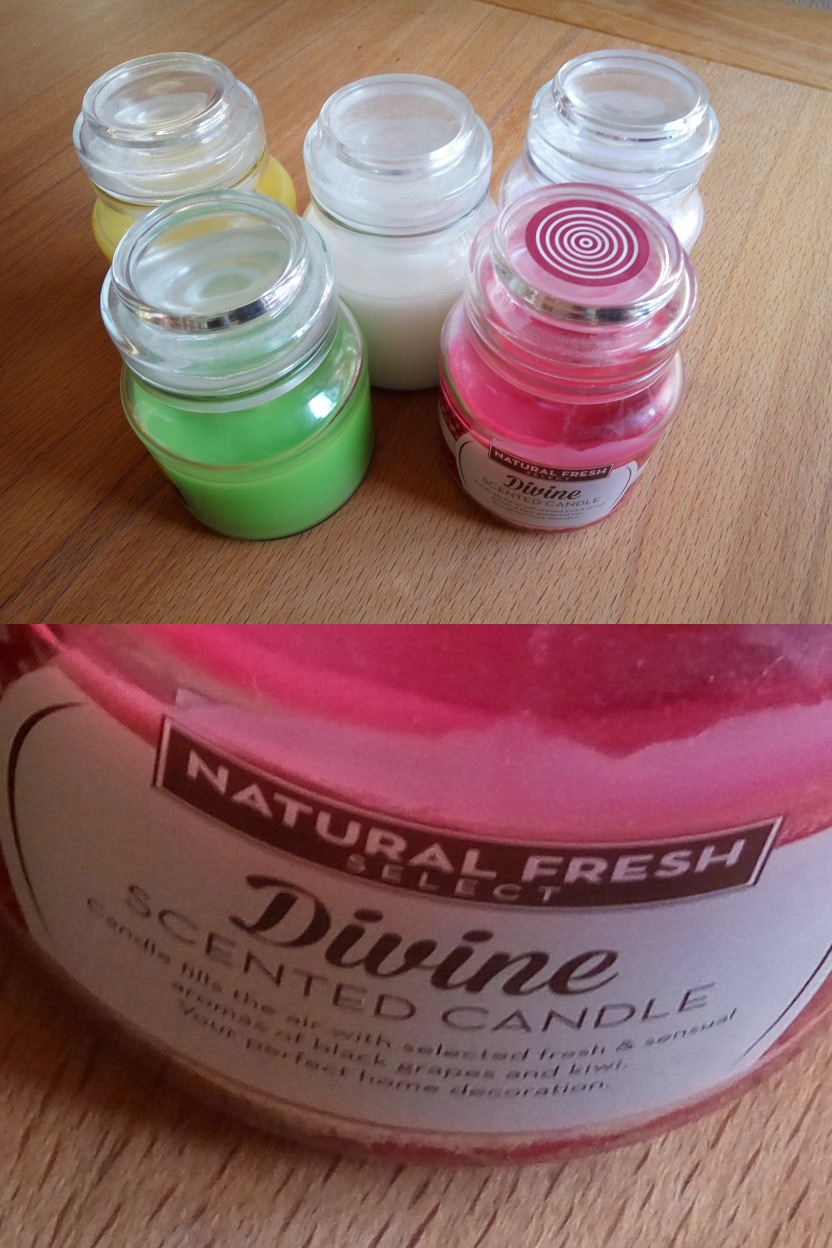
Indoor shots were pleasing as well, by day and night. Still, we should note that low-light performance isn't very good due to the slow aperture and overly aggressive noise reduction algorithm.
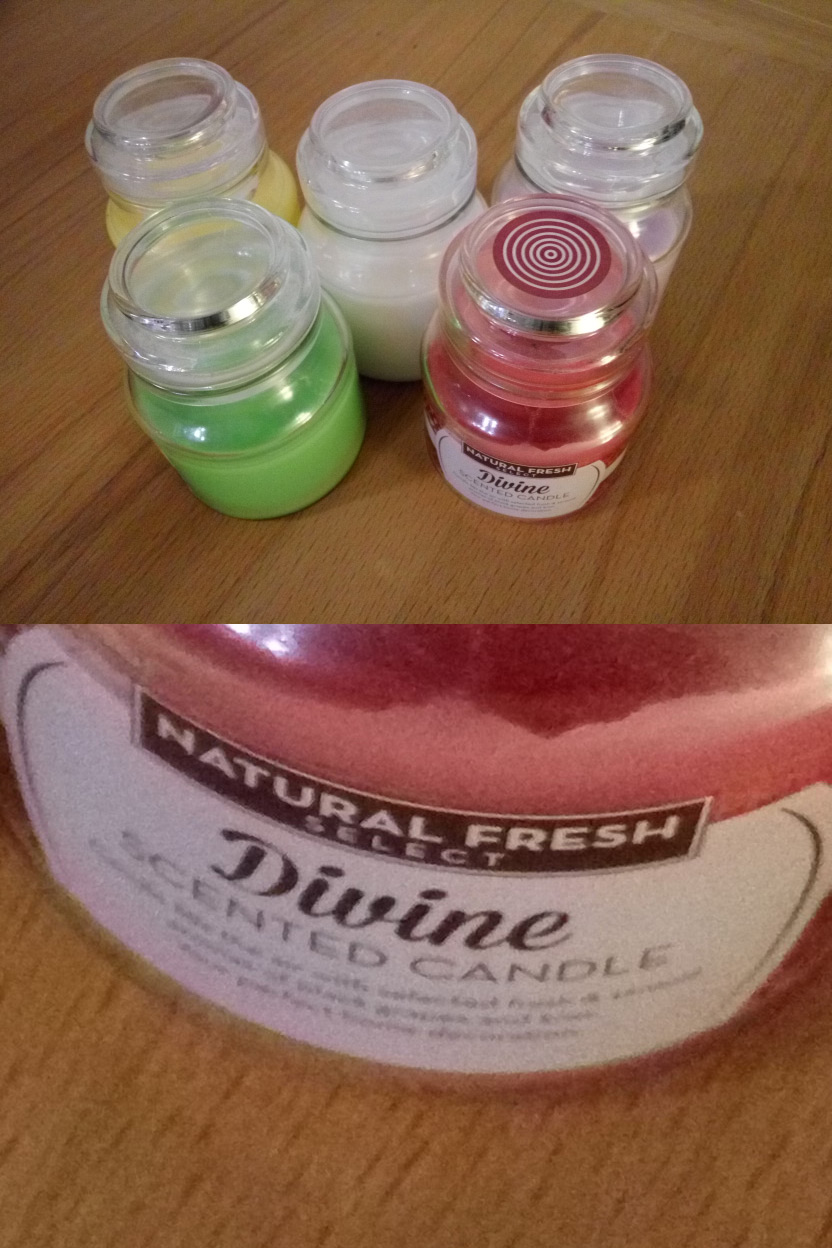
In case you use the LED flash a lot, the good news is that Xiaomi added a second, warm LED to the Note 3, so you get a more powerful dual-tone flash. The Redmi Note 2 relies on a single, cool white LED.

So how does it compare to camera on the Redmi Note 2? At first, we thought it was quite a bit better, but that was down to the differently callibrated displays on the Note 2 and 3. In reality, the photos are very close and it's really hard to point to a clear difference. We did get the feeling that the Redmi Note 3 focuses a bit better than the Note 2, but that might be subjective, or it might be a software tweak that will do the same for the Note 2 in the next update. The hardware appears to be identical, so in the long run you should expect identical performance (and software tweaks on both).

The biggest differences in this Redmi Note 3 vs Redmi Note 2 shot are the parmesan cheese...

....And at 100%, you can see we focused on two different bits of cannelloni.
The front camera is shared with the Redmi Note 2 as well, and we loved it. It's one of the best cameras in the price class, if not the best.
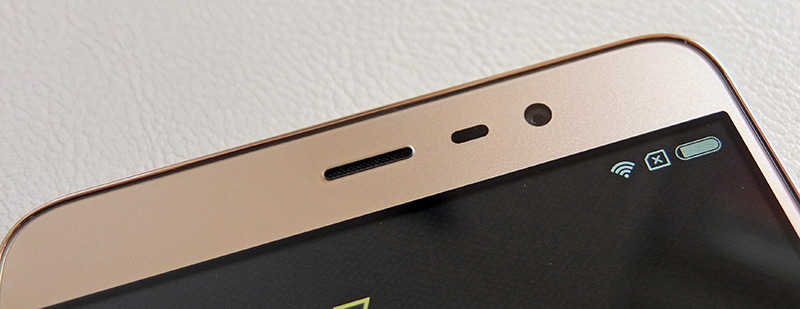
There’s not much to say about the MIUI camera app. It has plenty of useful features and effects, it’s fast as usual, and we have no major complaints.
